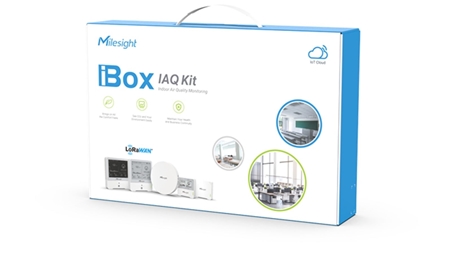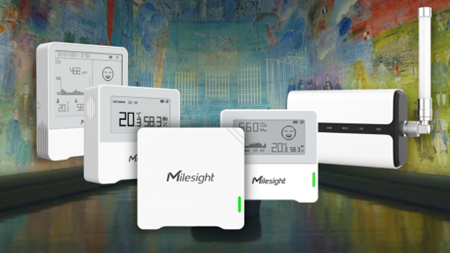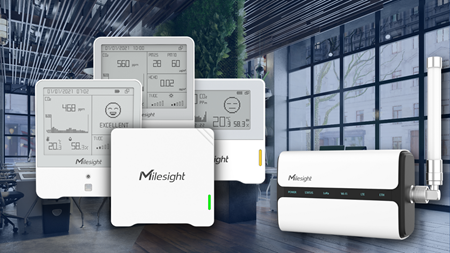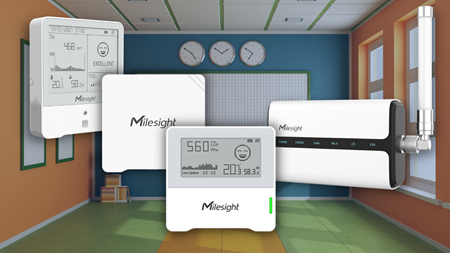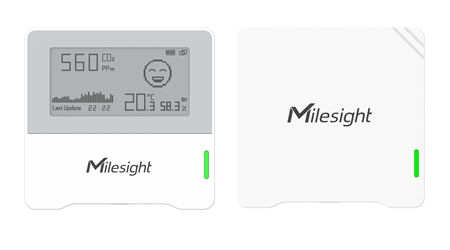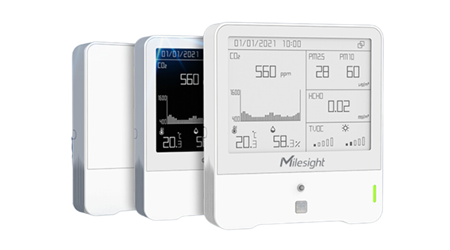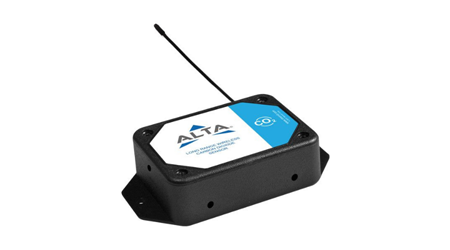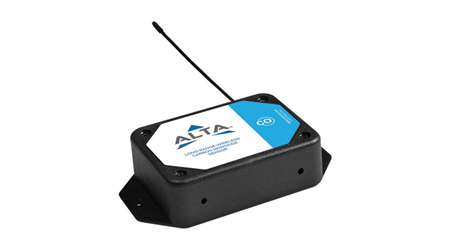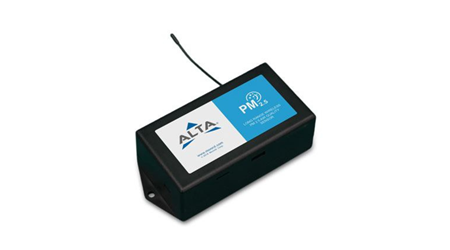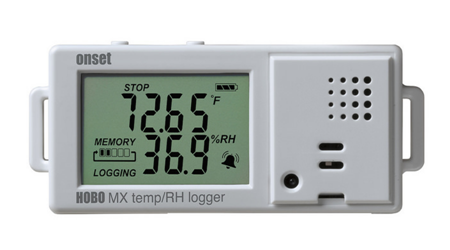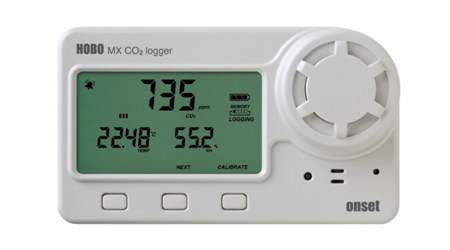Why Indoor Air Quality Matters!
You might not think about it often, but the air you breathe indoors can be far more polluted than the air outdoors. Poor indoor air quality can lead to a host of problems, including headaches, fatigue, and what is often referred to as “Sick Building syndrome”. That's why it's important to monitor your indoor air quality and take steps to improve it if necessary. But what exactly is indoor air quality? And what are some common pollutants that can affect it? Let's take a closer look.
What is Indoor Air Quality?
Indoor air quality (IAQ) refers to the air quality within and around buildings and structures. It's a term that encompasses everything from ventilation to temperature to the presence of pollutants. Because we spend the majority of our time indoors, IAQ has a significant impact on our health and well-being.

Common Air Pollutants
There are many different pollutants that can affect IAQ, but some are more common than others. These include carbon dioxide, particulate matter (PM), formaldehyde and volatile organic compounds (VOCs).
Carbon Dioxide: Carbon dioxide is a colourless, odorless gas that is produced when humans breathe. While small amounts of CO2 are harmless, high levels can lead to headaches, dizziness, and even nausea. That's why it's important to ventilate areas where there are lots of people or where other appliances are in use.
Particulate Matter: Particulate matter (PM) or “dust” refers to tiny particles in the air that can be inhaled deep into the lungs. Both types of particulate matter (PM2.5 & PM10) can have serious health effects, including respiratory problems, inflammation, asthma, and other diseases.
Formaldehyde: Formaldehyde (HCHO) is one of the most common toxic pollutants found in indoor air, which is commonly produced by woods, particle boards, and poor standards of building materials. Increasing the supply of fresh air by ventilation is the most straightforward approach to dilute its density.
VOCs: Volatile organic compounds (VOCs) are emitted as gases from certain solids or liquids such as; cleaning supplies, paints and lacquers, office equipment and building materials , and automobiles.
As you can see, there are many different pollutants that can affect indoor air quality. That's why it's so important to monitor IAQ levels in your home, office, warehouse or workshop and take steps to improve them if necessary. By taking these measures, you can help protect your health and well-being against the harmful effects of poor IAQ.
Read about how to improve indoor air quality in schools, museums and offices with these case studies.
COVID-19 Solution: Indoor Air Quality Monitoring for Students in School Classroom
Since the outbreak of the coronavirus pandemic, good ventilation is an important factor in preventing the virus. The biggest contributor to carbon dioxide in an indoor space is people exhaling. Higher levels of CO2 in a building are an indicator of poor ventilation which increases the risk of the virus spreading and causes a variety of health issues. Hence real-time monitoring of CO2 level helps decide if ventilation is poor and keep good air quality.
To fight with COVID-19, Milesight offers a LoRaWAN® indoor air quality monitoring solution. Continue reading success story >>
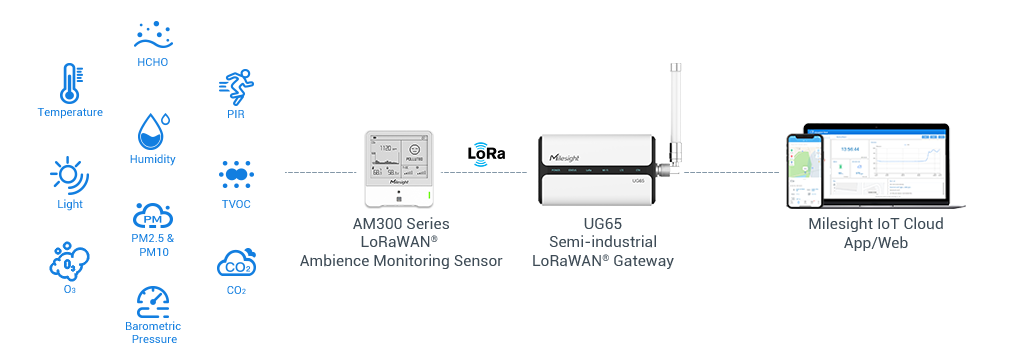
Reduce CO2 in Room Air through Milesight Indoor Air Quality Monitoring LoRaWAN® Sensors for a Better Air Quality in Building
Did you know that we spend almost 90% of our time in indoor activities? Because the majority of our time is spent indoors, take a moment and get to know the indoor air you breathe! As previous research shows, Indoor Air Quality (IAQ), especially CO2 monitoring, is important for occupants’ health. So good ventilation in the building is indispensable. However, indoor air pollutants negatively affect people’s health conditions and working performance. And high carbon dioxide level (CO2) intensities could result in Sick Building Syndrome (SBS) symptoms, which makes it the marker to evaluate air quality and ventilation performance.
Continue reading this case study to discover how you can monitor your indoor air quality today >>

Milesight IoT Solution Precisely Monitors Temperature and Humidity in Museums
The accuracy of your indoor air quality is essential for the integrity and future preservation of ancient arts. It will ensure that you have a conditioned space with perfect temperature control, which can help prevent artifacts from becoming damaged or fading over time due to environmental factors such as humidity levels in different areas.
Continue reading this use case to uncover what measures can be put in place to safeguard your museum’s collections >>















































